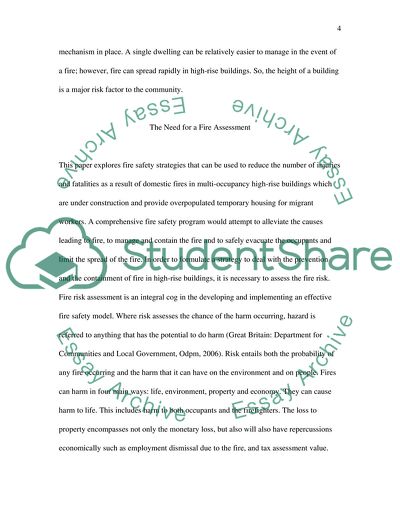Cite this document
(“Domestic Fires in Multi-Occupancy High-Rise Buildings Research Proposal”, n.d.)
Domestic Fires in Multi-Occupancy High-Rise Buildings Research Proposal. Retrieved from https://studentshare.org/social-science/1739128-community-safety
Domestic Fires in Multi-Occupancy High-Rise Buildings Research Proposal. Retrieved from https://studentshare.org/social-science/1739128-community-safety
(Domestic Fires in Multi-Occupancy High-Rise Buildings Research Proposal)
Domestic Fires in Multi-Occupancy High-Rise Buildings Research Proposal. https://studentshare.org/social-science/1739128-community-safety.
Domestic Fires in Multi-Occupancy High-Rise Buildings Research Proposal. https://studentshare.org/social-science/1739128-community-safety.
“Domestic Fires in Multi-Occupancy High-Rise Buildings Research Proposal”, n.d. https://studentshare.org/social-science/1739128-community-safety.


